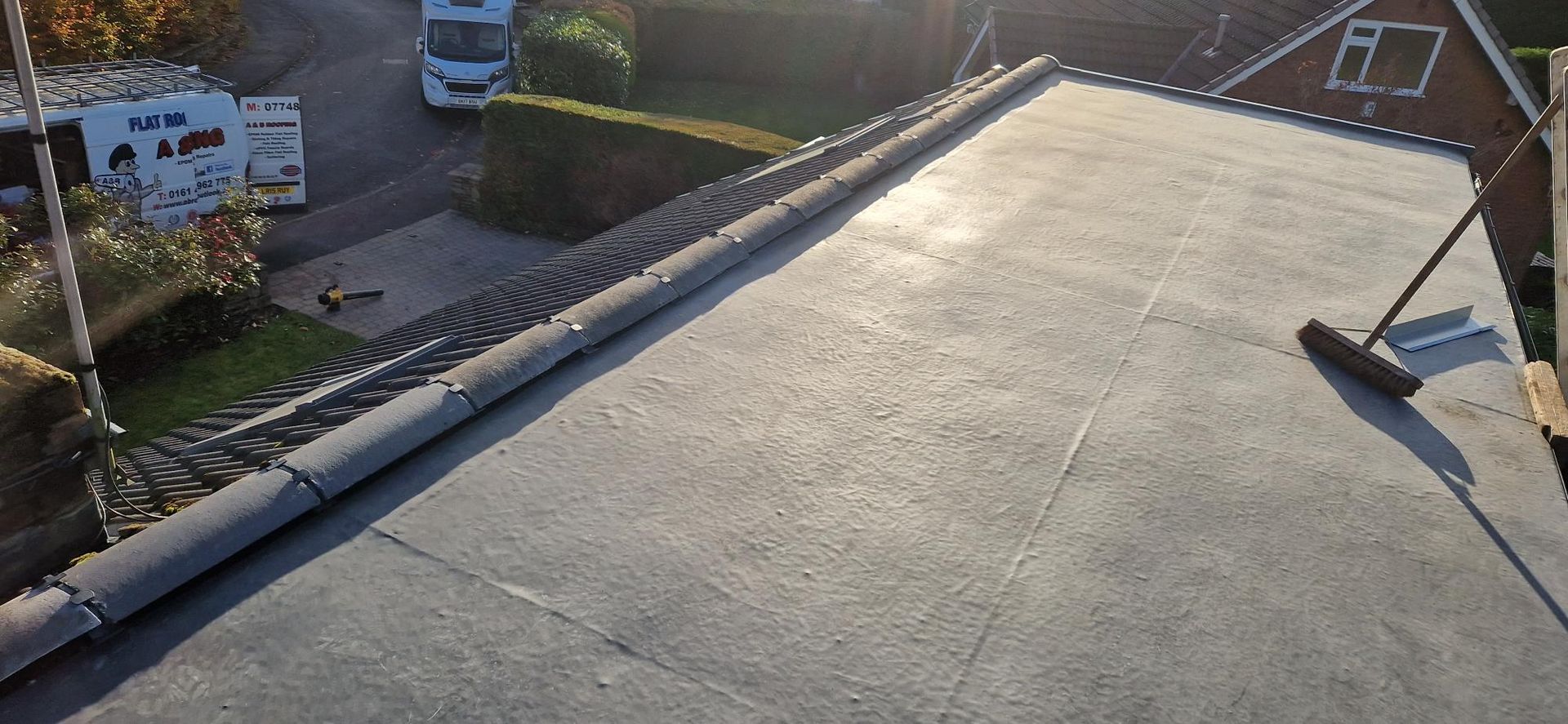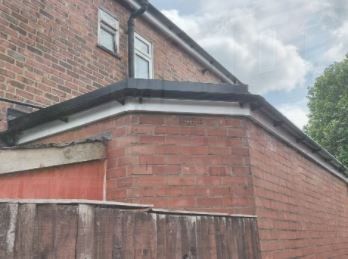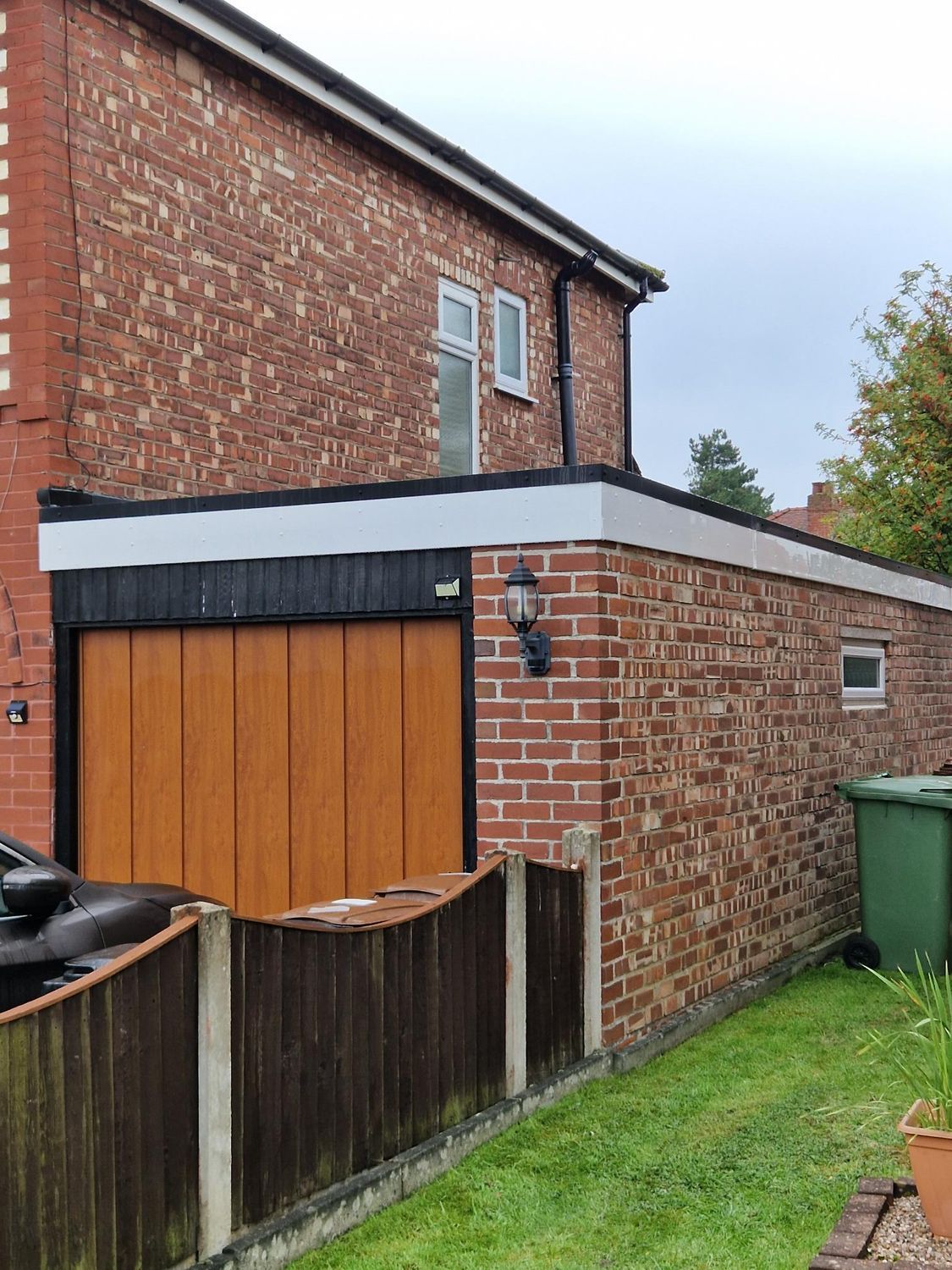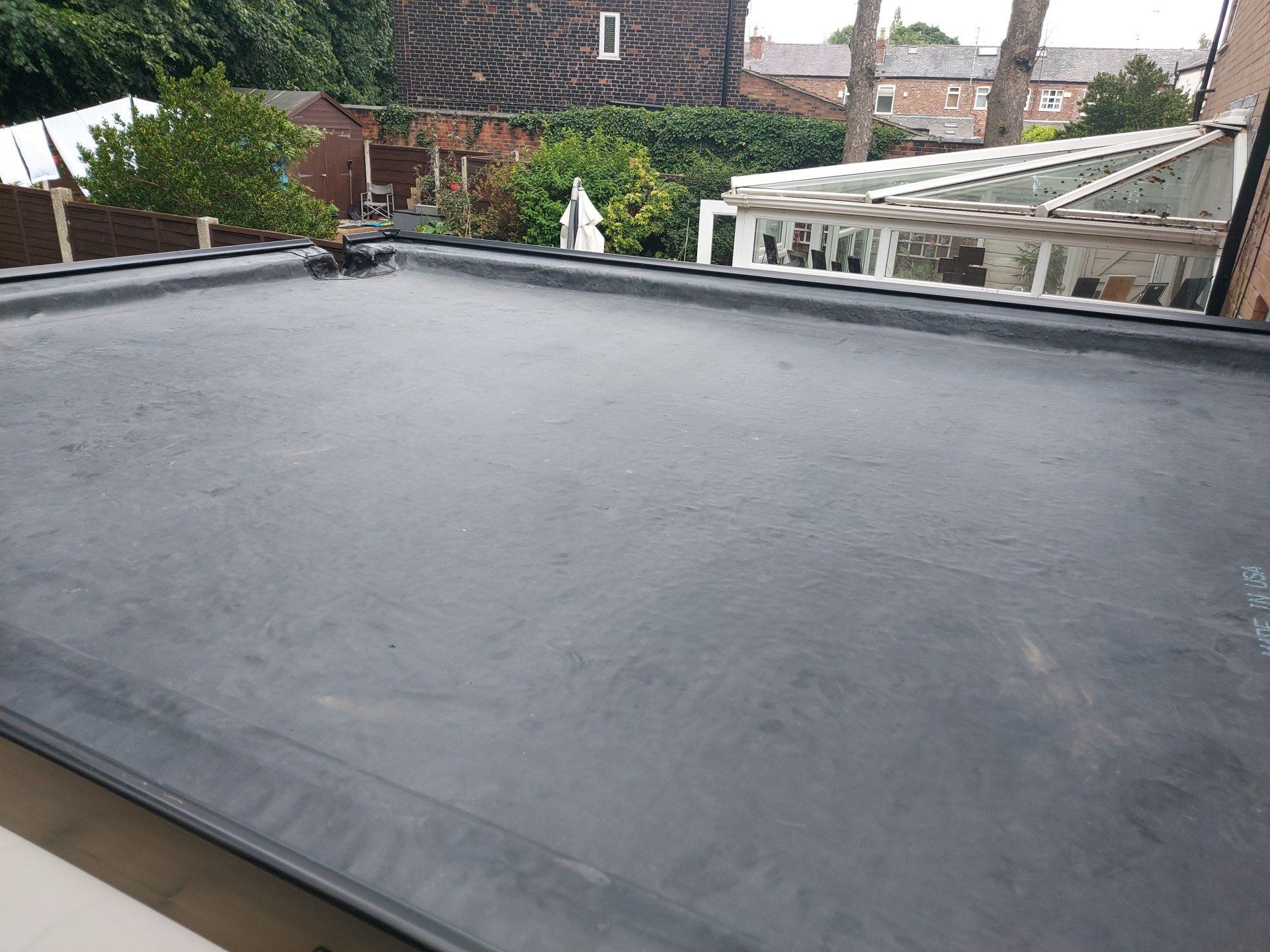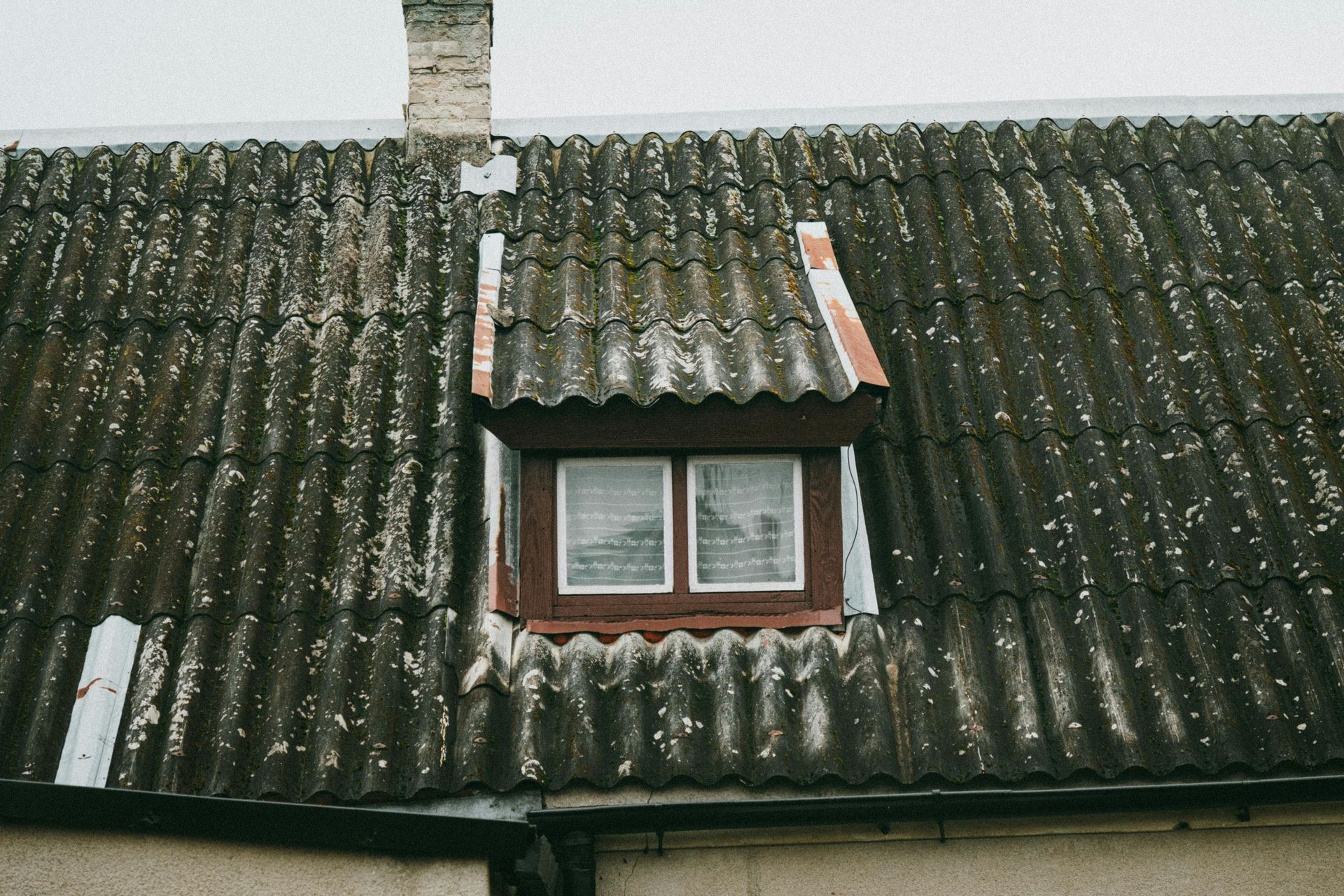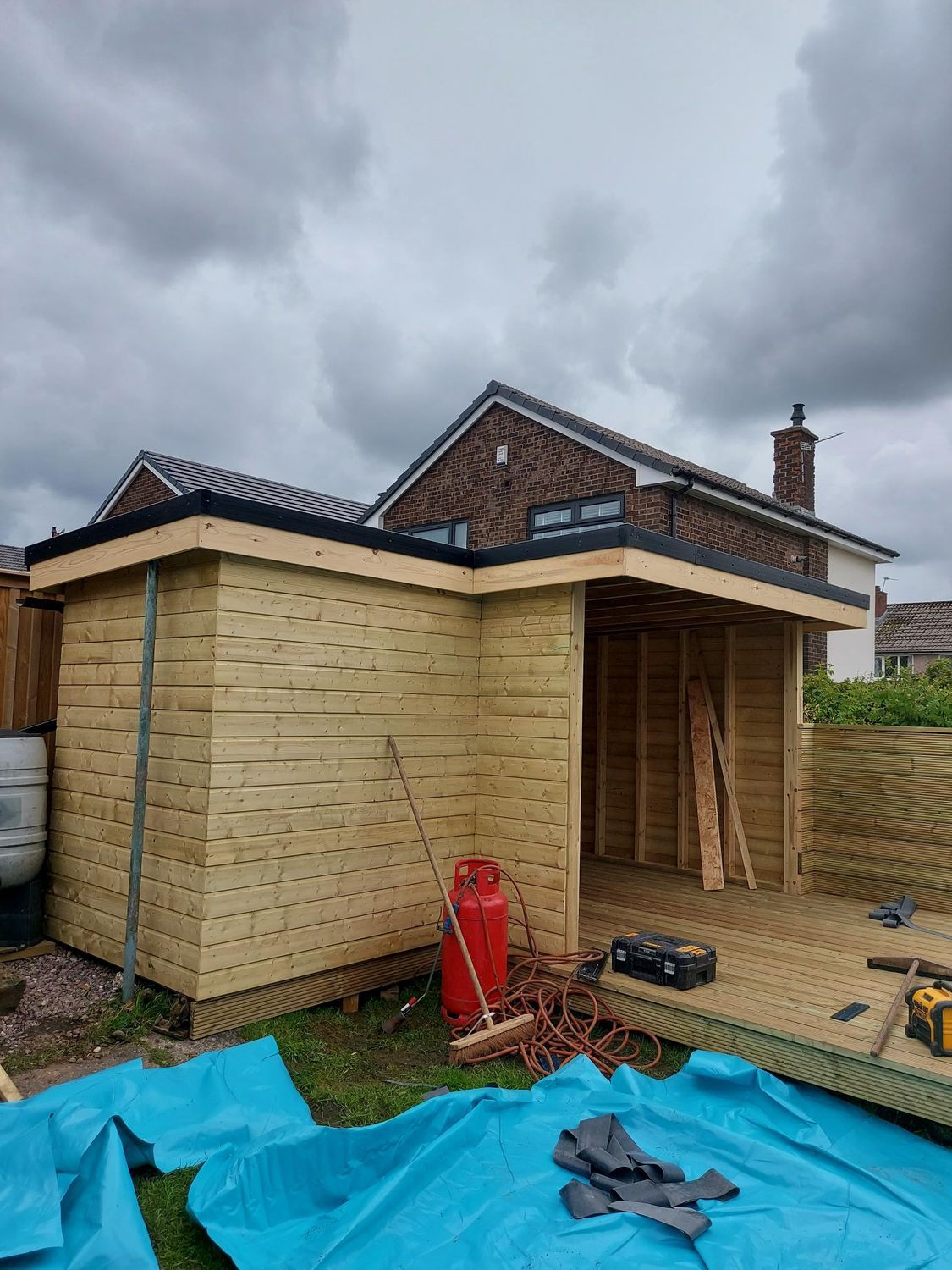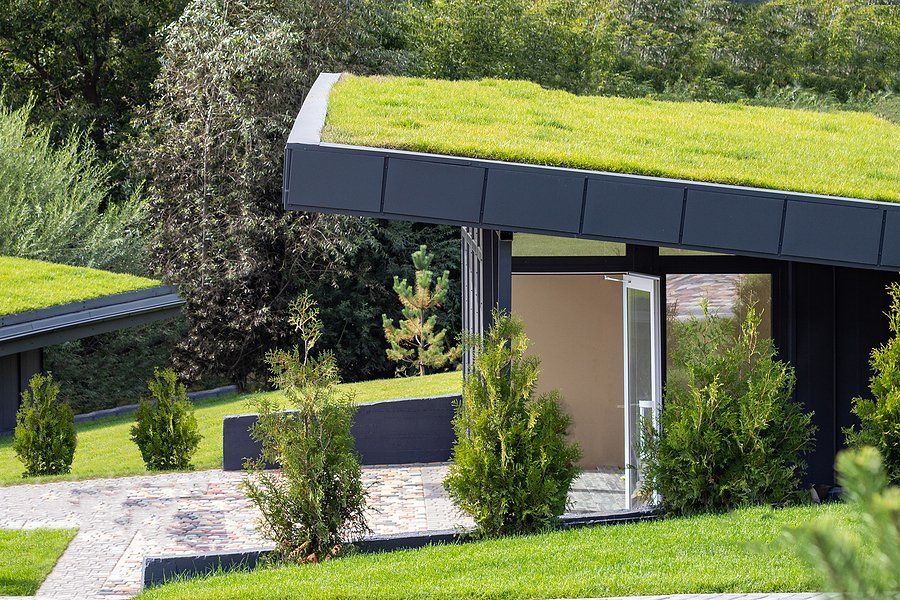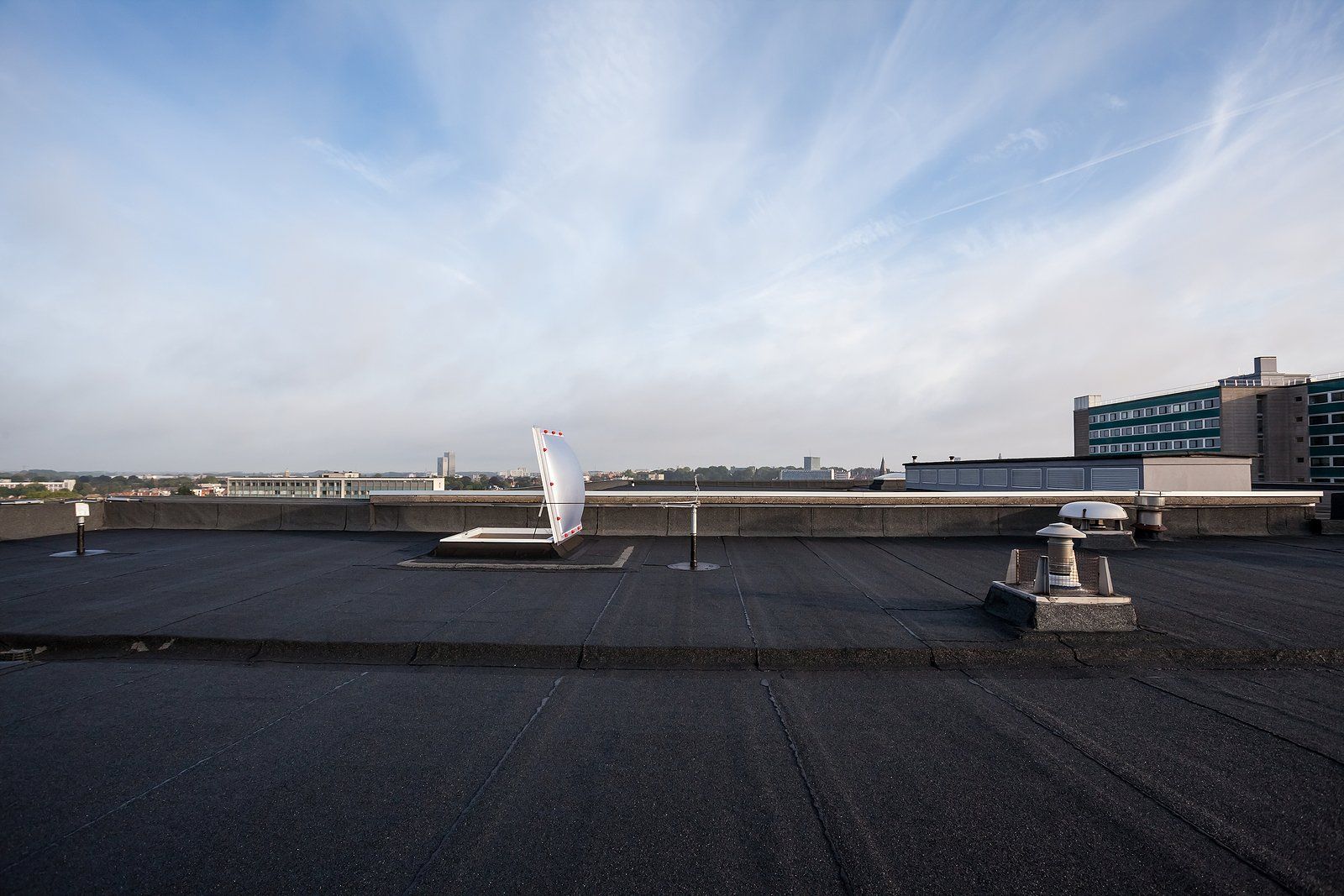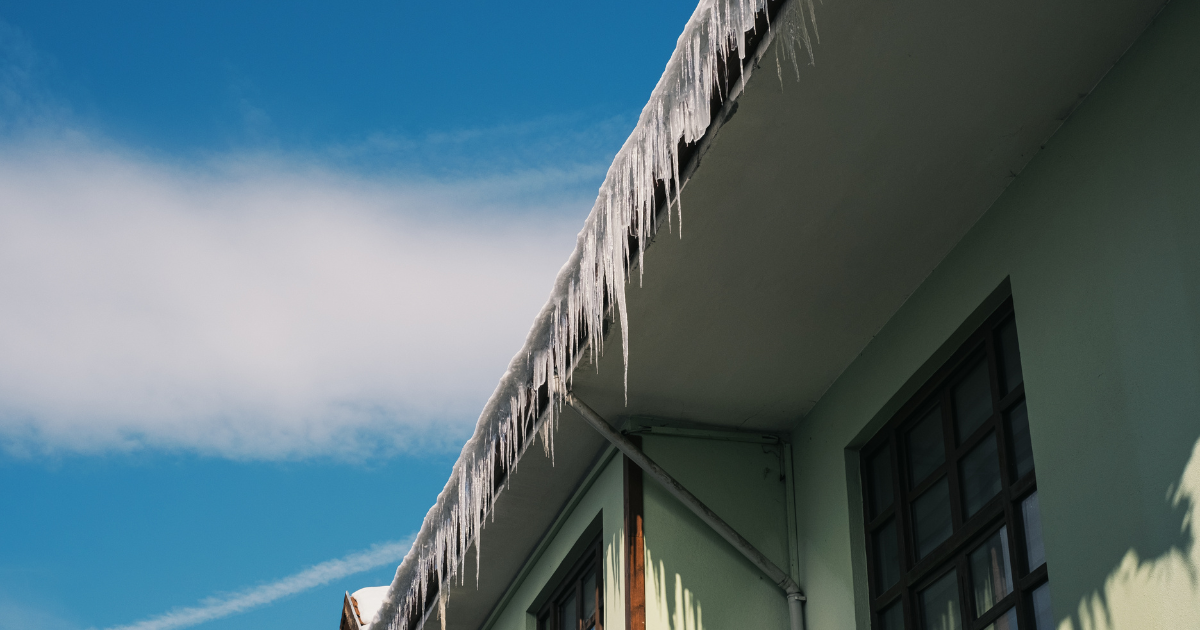Why Flat Roofs Can Withstand The Change In Season To Spring
There are many benefits of having a flat roof fitted in your home, including being more energy efficient and cheaper to install than pitched roofs.
One advantage that you might not know is that flat roofs are good at withstanding weather changes, which means they are less likely to deteriorate when the temperature drops or rises.
This is because of the materials they have been made with. For instance, they contain ethylene propylene diene monomer (EPDM) rubber, which is known to be resistant to temperature fluctuations.
EPDM rubber, as well as other materials, makes them more flexible, so they can expand in the heat or contract in the cold without becoming damaged. Therefore, they will not crack or break when the temperature suddenly changes, enabling them to last longer.
If a roof becomes cracked, this allows rainwater to run into the house and can cause a lot of damage to both the interior and exterior of the property.
Another reason flat roofs are resistant to temperature change is due to having insulation underneath the roof membrane. This helps to regulate heat transfer so it does not feel so extreme.
Luckily, the UK is known for its mild weather, but due to climate change, temperatures could fluctuate more in the future.
This has been shown in the last few years, with the
hottest ever temperature recorded in July 2022 when the mercury hit 40.3 C in Lincolnshire.
That same year saw a particularly
cold winter hit Scotland and a low of -17.3C was recorded in Braemar on December 13th.
Therefore, having a roof that is able to cope with thermal movement well is sensible, as this will ensure its durability and longevity, so you do not need to rely on
conservatory repair specialists to have a warm and dry room.

